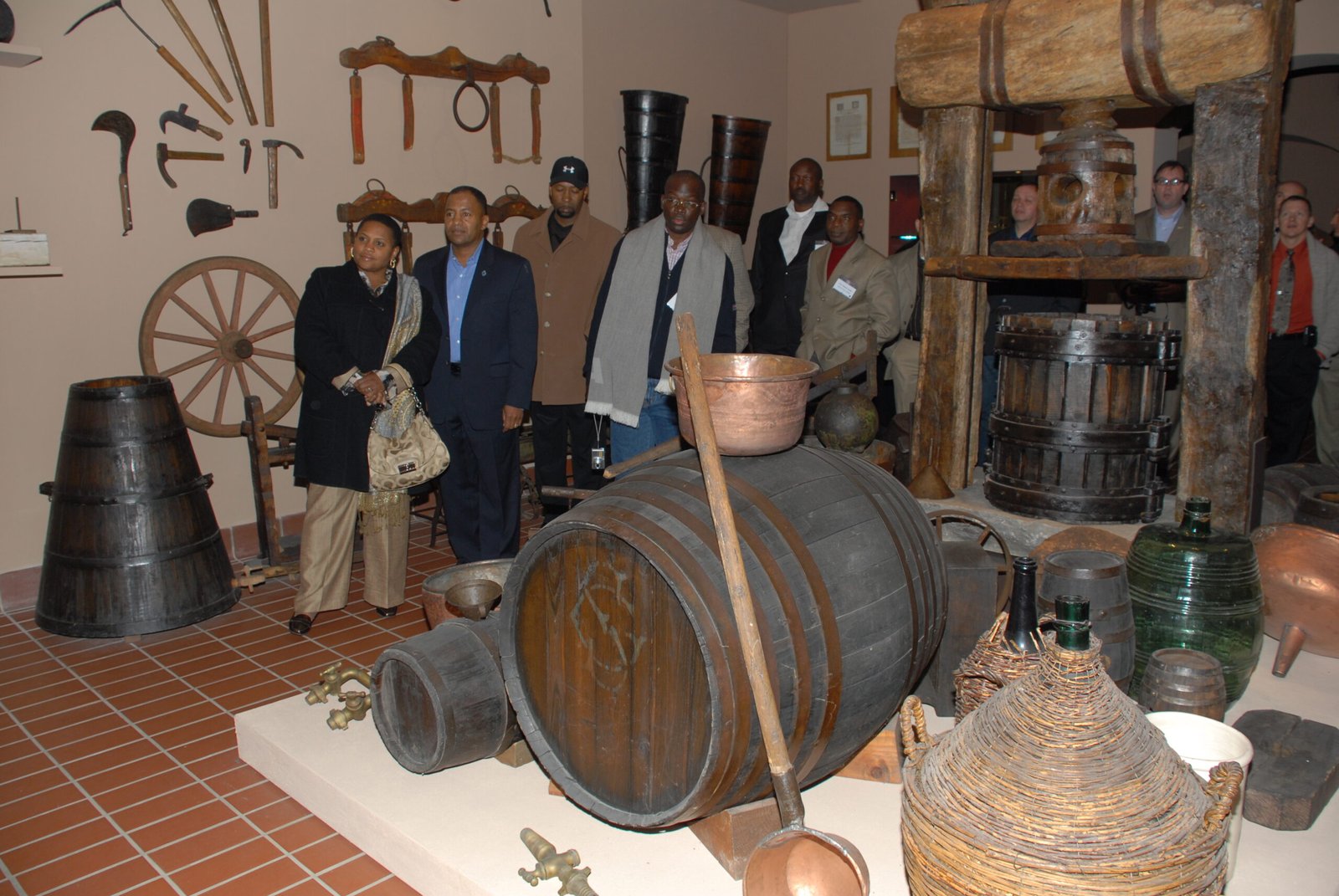Grapevines are more than just the backbone of the wine industry; they are living chronicles of the land, climate, and culture they inhabit. But beneath their lush green canopies and the romantic allure of vineyards, grapevines are facing a battle that is reshaping wine country as we know it. What are these silent threats, and how are they altering the future of our beloved wine regions?
The Unexpected Impact of Rising Temperatures
Climate change is not just a buzzword; it’s a reality that grapevines are grappling with daily. As global temperatures rise, vineyards are experiencing shifts in their growing seasons. Grapes are ripening earlier, which can lead to imbalances in sugar and acidity levels, ultimately impacting the quality and flavor of the wine. Think of it as a recipe that suddenly requires a different cooking time—too long or too short, and the dish is ruined. This unexpected shift is forcing winemakers to adapt their strategies, sometimes even considering relocating their vineyards to cooler regions.
Extreme Weather Events: Nature’s Unpredictable Hand
Beyond gradual warming, extreme weather events are wreaking havoc on vineyards worldwide. Intense storms, hail, and floods can decimate crops in a matter of hours. Imagine nurturing a garden for months, only to have it destroyed overnight by a sudden hailstorm. Such unpredictability makes it challenging for winemakers to protect their crops and maintain consistent production levels. This volatility is not just an inconvenience; it’s a threat to the sustainability of the wine industry.
The Stealthy Advance of Vine Diseases
While climate change grabs headlines, vine diseases often lurk in the shadows, quietly spreading their influence. Diseases like powdery mildew and downy mildew thrive in the changing climate, exploiting the vulnerabilities of stressed grapevines. These diseases can reduce yield and quality, much like an illness that weakens a person over time. The challenge for vineyard managers is to identify these threats early and implement effective management strategies before they take hold.
Pests: The Unseen Invaders
Insects and pests are another silent threat to grapevines, with their populations often exploding in response to changing climates. Pests like the phylloxera, a tiny aphid-like insect, have historically caused devastation in vineyards. Today, new pests are emerging, and they are more resilient, making them harder to control. It’s akin to dealing with an invasion of uninvited guests who refuse to leave, continually consuming resources meant for the vines.
Adapting Winemaking Techniques
In the face of these challenges, winemakers are not standing idly by. They’re experimenting with innovative techniques to combat the effects of climate change and disease. From adjusting canopy management to exploring new grape varieties that are more resilient to heat and disease, winemakers are becoming scientists in their own right. This adaptation is crucial for preserving the unique characteristics of wines that enthusiasts cherish.
The Role of Technology in Vineyard Management

Technology is becoming an essential ally in the fight against climate and disease. Drones, sensors, and satellite imagery provide real-time data on vine health, soil moisture, and weather conditions. This information allows vineyard managers to make informed decisions, much like a captain navigating a ship through stormy seas. By leveraging technology, vineyards can optimize their resources and anticipate challenges before they escalate.
Rediscovering Ancient Practices

Interestingly, some winemakers are looking to the past for solutions. Ancient practices, such as dry farming and organic cultivation, are being revisited as sustainable alternatives to modern techniques. These methods focus on working in harmony with the environment, much like a symphony where each instrument plays its part. By combining old wisdom with new science, vineyards are finding ways to thrive in a changing world.
Global Collaboration Among Wine Regions

The challenges faced by grapevines are not confined to a single region; they are a global concern. Wine regions around the world are collaborating, sharing research, and developing strategies to combat climate change and disease. This sense of community is akin to a neighborhood coming together after a natural disaster, pooling resources and knowledge to rebuild stronger than before.
Consumer Awareness and Responsibility
Consumers, too, have a role to play in supporting sustainable wine practices. By choosing wines from vineyards that prioritize environmental stewardship, consumers can drive demand for responsible practices. It’s like voting with your wallet, where each purchase supports a future where both the environment and the wine industry can thrive.
The Future of Wine Country

The future of wine country is uncertain, yet filled with potential. As grapevines continue to battle climate change and disease, the industry is poised for transformation. This journey is much like a vineyard itself—constantly evolving, facing challenges, yet always striving to produce something beautiful. The next time you sip a glass of wine, consider the story behind it—a tale of resilience, adaptation, and the enduring spirit of the grapevine.



